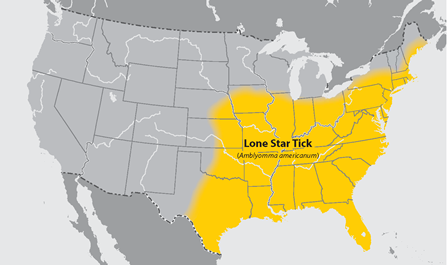Southern tick-associated rash illness epidemiology and demographics
|
Southern tick-associated rash illness Microchapters |
|
Differentiating Southern tick-associated rash illness from other Diseases |
|---|
|
Diagnosis |
|
Treatment |
|
Case Studies |
|
Southern tick-associated rash illness epidemiology and demographics On the Web |
|
American Roentgen Ray Society Images of Southern tick-associated rash illness epidemiology and demographics |
|
FDA on Southern tick-associated rash illness epidemiology and demographics |
|
CDC on Southern tick-associated rash illness epidemiology and demographics |
|
Southern tick-associated rash illness epidemiology and demographics in the news |
|
Blogs on Southern tick-associated rash illness epidemiology and demographics |
|
Directions to Hospitals Treating Southern tick-associated rash illness |
Editor-In-Chief: C. Michael Gibson, M.S., M.D. [1] Associate Editor(s)-in-Chief: : Vishnu Vardhan Serla M.B.B.S. [2]
Epidemiology and Demographics
STARI is specifically associated with bites of Amblyomma americanum, known commonly as the lone star tick. Lone star ticks can be found from central Texas and Oklahoma eastward across the southern states and along the Atlantic coast as far north as Maine. The adult female is distinguished by a white dot or "lone star" on her back. All three life stages of A. americanum aggressively bite people.
